Image Sensors 2022 Buyer's Guide
In the electronics and do-it-yourself (DIY) world, image sensors are right useful. Image sensors allow cameras to transform photons, or light, into electrical signals. In turn, these messages may be viewed, stored, or examined. Learn all there is to know about image sensors, from what they are and how they work to the different varieties available!
What are Image Sensors?
An image sensor, also dubbed an imager, is a sensing device that’s capable of detecting the information required to compose an image. More specifically, an image sensor converts light (or photons) into electrical signals that are able to be read by some sort of device. However, image sensors may also capture other waves such as electromagnetic radiation. Then, that image may be looked at, saved, and inspected.
What is an image sensor: An image sensor is a gadget that converts photons, or light, into an electrical signal which then can be saved, viewed, and surveyed.
/img_Image%20Sensors%20Guide%402x%20(1).jpg)
What is the History of Image Sensors?
Although digital photography may seem relatively new, it’s actually not as recent as you may suspect. Analog light sensors were around as early as the 1930s, with solid-state digital image sensors becoming the industry standard by the 1990s.
The charge-coupled device (CCD), a common variety of image sensor, was created at Bell Labs in 1969 by George E. Smith and Willard S. Boyle. By the early 1970s, commercial digital cameras were available from the likes of Kodak, although they failed to achieve mainstream success.
How do Image Sensors Work?
So how do image sensors work? Most image sensors capture light, or photons, as charged electrons as well as silicon. Then, that’s transformed into a value of voltage using components such as amplifiers and capacitors. Ultimately, it’s converted into a digital signal which may be processed in a variety of ways with electronic computing devices.
What Types of Image Sensors Exist?
There are multiple varieties of image sensors, but the two most common types of image sensors are 'charge coupled device' (CCD) and 'complementary metal-oxide semiconductor (CMOS) sensors.
Charge Coupled Device (CCD): A CCD image sensor is an analog device comprised of cells in a grid. Light hits the CCD chip and is caught as an electrical charge that’s held within each individual photosensor. Those charges are processed from the bottom up and transformed into an analog voltage which then gets converted into code using an analog to digital converter (ADC). Charge coupled device sensors are pricier and more frequently found in high-end camera or video equipment.
Complementary metal oxide semiconductor (CMOS): On the other hand, a CMOS image sensor performs most processing without an ADC, and sends signals straight to the central processing unit, or CPU. There’s an amplifier per pixel such that there’s not as much room to capture photons as with a CCD. However, microlenses are used to concentrate light directly into the photodiode. Most commercial-grade cameras use complementary metal oxide semiconductor sensors.
Where are Image Sensors Found?
As you can imagine, image sensors are crucial in digital imaging. Therefore, cameras, mobile phones, and video cameras all rely on image sensing gadgets. But there are some lesser-known areas where image sensing is needed. For instance, thermal imaging, sonar, radar, night vision, and medical imaging equipment such as X-ray machines all require image sensors. Chances are, you’ve got several image sensors nearby found in your phone’s camera, your webcam, and even your computer mouse’s optical sensor.
Where are image sensors used:
- Sonar
- Medical imaging equipment
- Radar
- DIgital cameras and camera modules
- Night vision
- Thermal imaging
- Optical mice
Best Image Sensors for DIYers
Although much of the image sensors market is commercial, such as digital cameras, sonar, radar, and night vision manufacturing, there are plenty of image sensors for at-home makers. Generally, unless you’re planning to manufacture a camera or other imaging device yourself, you won’t actually need a standalone image sensor. Instead, you’ll simply snag whatever your need, like a camera module, night vision camera, or another gadget that utilizes an image sensor. As such, we’ll largely focus on cameras for maker projects. We do recommend getting good camera image sensors. Our favorites include Sony image sensors, Samsung image sensors, and Aptina image sensors. Check out the best image sensors for DIYers!
DFRobot Pixy 2 Image Sensor
The DFRobot Pixy 2 image sensor is a fantastic option for artificial intelligence (AI) projects. It’s able to detect the presence of objects at the press of a button. A smart algorithm is able to see and follow lines. Thus, the Pixy 2 is a great option for line-following robots and AI-powered autonomous vehicles. The Pixy 2 can even detect “road signs” that you teach it. And with 60 frame-per-second (FPS) capture, its signal processing is blisteringly fast.
There’s excellent connectivity with USB, SPI, I2C, and UART ports. The Pixy 2 works with Arduino microcontrollers, Raspberry Pi boards, and the BBC micro:bit. At its core, you’ll find an NXP LPC4330 dual-core 204MHz processor that’s mated to an MT9411m 1.26 megapixel (MP) image sensor.
DFRobot Pixy 2 features:
- Arduino, BBC micro:bit, and Raspberry Pi compatible
- USB, SPI, I2C, UART connectors
- NXP LPC4330 dual-core 204MHz processor
- MT9411m 1.26MP image sensor
- Color recognition, line tracking, barcode recognition
- Great for AI, machine learning, and robotics
SparkFun Magnetic Imaging Tile
/image2.jpg)
Most often, you won’t need an actual image sensor for your DIY projects. Rather, you’ll require some sort of device equipped with an image sensor (think a digital camera module, radar, or sonar). But for those hardcore maker builds, SparkFun offers its magnetic imaging tile. An 8x8 grid, the SparkFun magnetic imaging tile sports 64 different hall effect sensors capable of transforming magnetic fields into the visual spectrum. You’ll be able to see magnetic fields jump to life in real-time. As extremely powerful magnetic sensors, you still need to be fairly close to an object - usually around 1 or 2 centimeters (CM) to properly visualize a magnetic field.
SparkFun magnetic imaging tile features:
- 8x8 grid of 64 hall effect sensors
- Converts a magnetic field into the visual spectrum
- Very sensitive (works within 1-2CM of an object)
- Onboard 16-bit ADC with a 3.3V range
- Detects around +/- 0.5mT per bit
- Arduino compatible
SeeedStudio Grove Thermal Imaging Camera - 55-degree and 110-degree FoV Variants
/image1.jpg)
SeeedStudio makes an array of excellent maker products, and its Grove ecosystem is among our favorites. Sporting easy-to-use plug-and-play connectors, Grove devices make prototyping a breeze. The SeeedStudio Grove imaging camera comes in 55-degree and 110-degree variants. Onboard the 55-degree variant, here’s a 32x24 array of MLX90640 sensors that can capture temperatures of various objects with an accuracy of ±1.5 degrees Celsius with a 55x35 degree field of view (FoV).
The 110-degree FoV iteration delivers a 16x12 pixel MLX90641 IR thermal sensor array and a 110x75 degree FoV. Both cameras include a -40 to 300 degree Celsius temperature measurement range and work from within mere feet of an object.
SeeedStudio Grove Thermal Imaging Camera Features:
- 55-degree and 110-degree FoV models
- 32x24 array of MLX90640 (55-degree field of view version)
- 16x12 pixel MLX90641 IR thermal sensor array (110-degree field of view variant)
- -40 to 300 degree Celsius temperature measurement range
- ±1.5 degrees Celsius accuracy
Complete Guide to Image Sensors - Final Thoughts
Image sensors are incredibly useful. From your camera phone to webcam, optical mouse, car backup camera, and other household objects, you’re probably surrounded by image sensors even if you don’t know it. Whether in residential products like mobile devices and security systems or industrial equipment like X-ray machines and night vision goggles, there are tons of applications for image sensors.
For DIYers, chances are you won’t use an image sensor directly, and instead, you’ll work with some sort of device that includes a built-in image sensor, like a camera onboard an autonomous vehicle for a line-following robotic car, or an AI-powered object detection system. However, you might also employ an image sensor directly, such as a magnetic imaging tile that lets you capture magnetic fields in the visual spectrum.
Your turn: What image sensing applications have you used in your daily life, and what DIY projects have you created with image sensors?







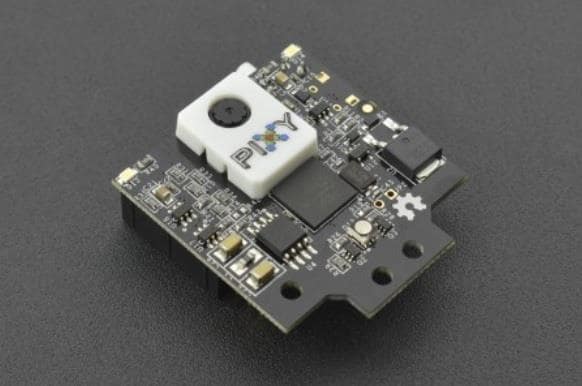









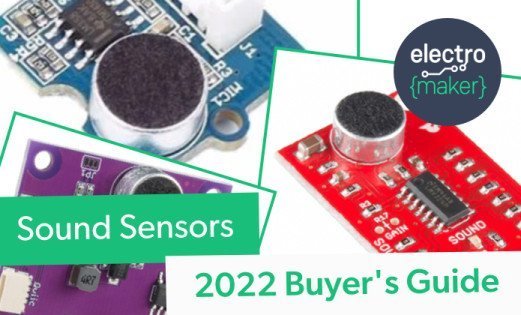
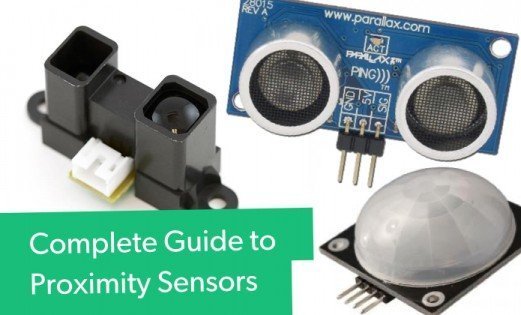
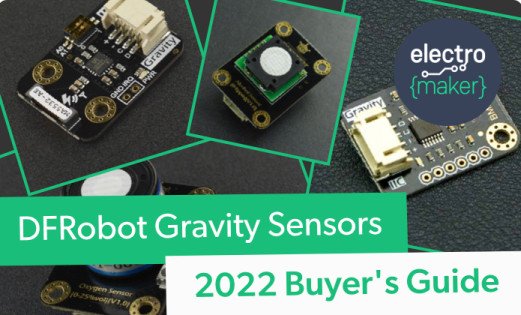
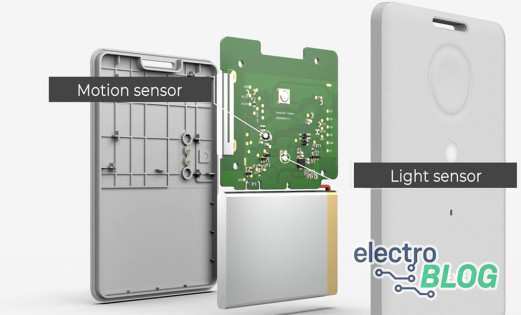
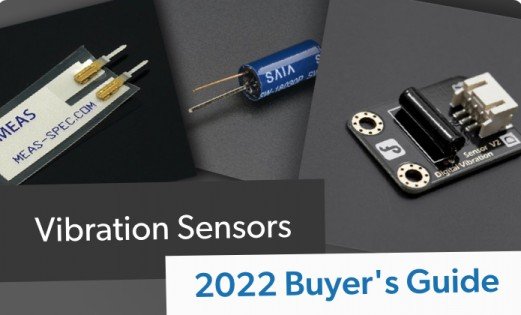

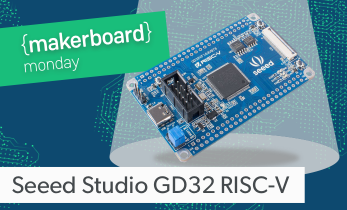
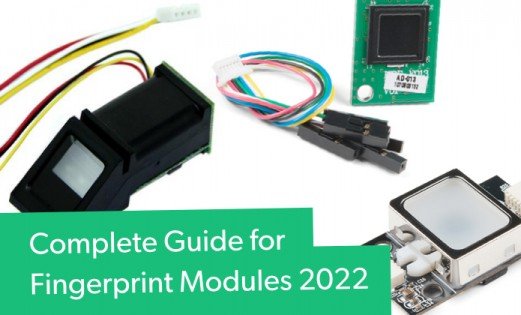
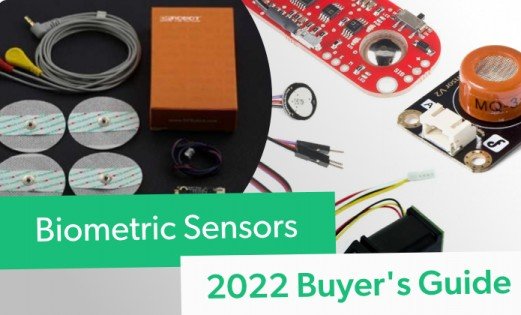
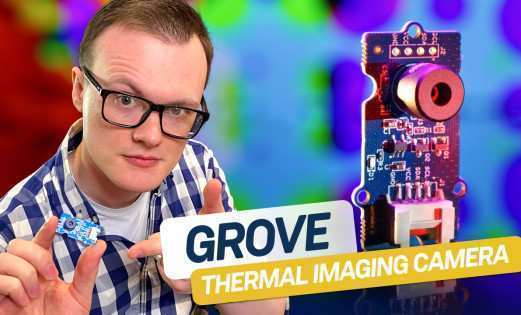

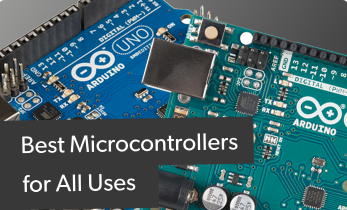
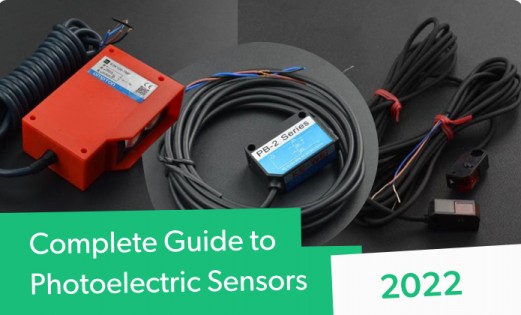
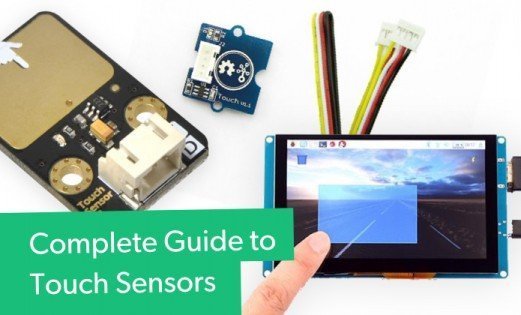
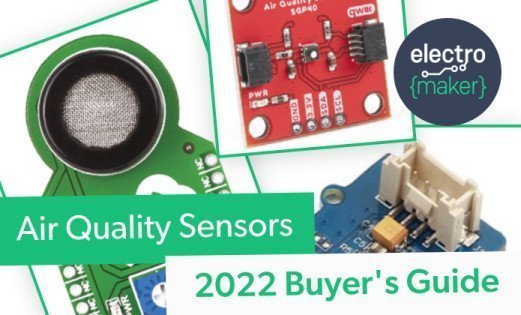

Leave your feedback...